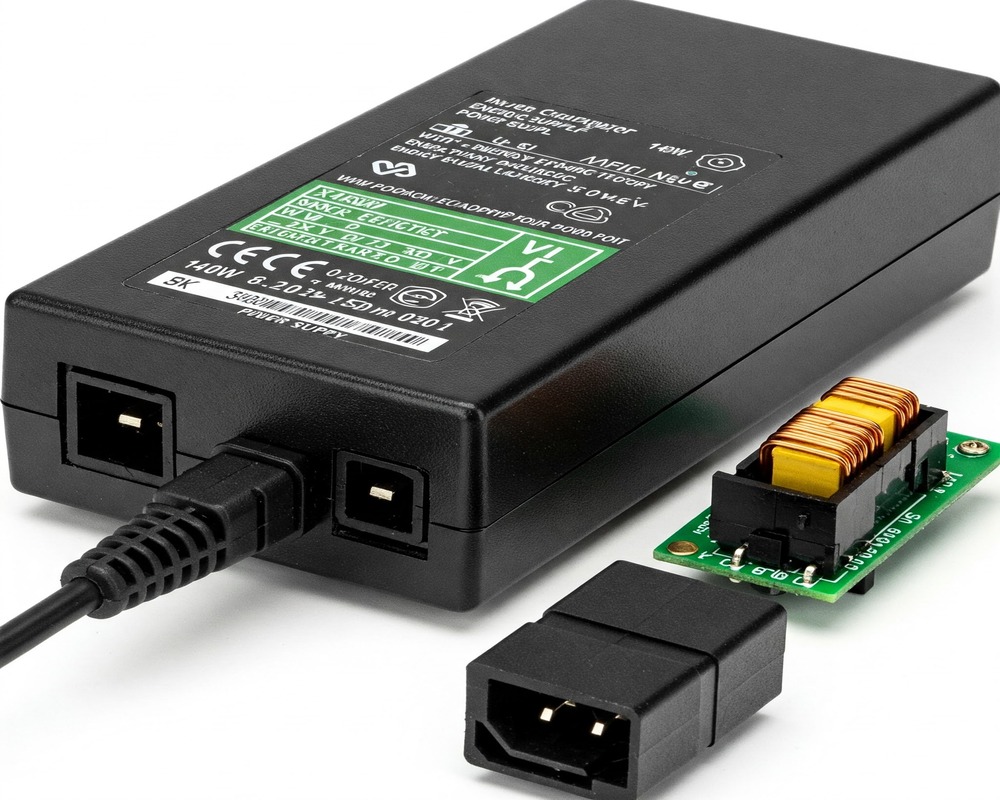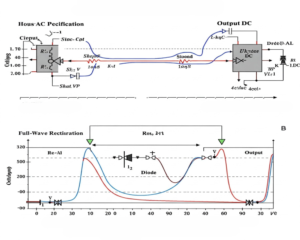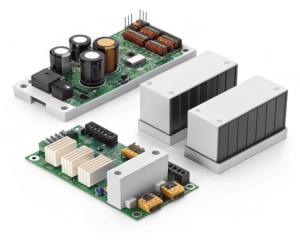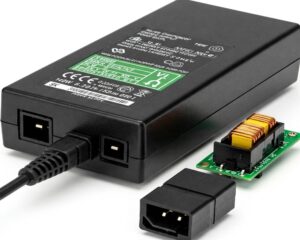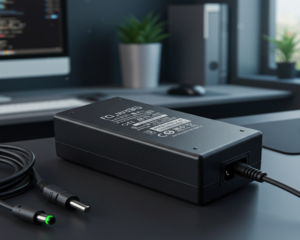You find a power adapter that fits your device but delivers more wattage. Should you use it? Let me share what 15 years in power adapter design has taught me.
Yes, you can safely use a power supply with higher wattage than the original. Devices only draw the power they need. However, voltage must match exactly, and connector polarity must be correct. Higher wattage adapters provide extra headroom but don’t force more power into devices.
While the simple answer is "yes," there are important details to consider. Let’s examine the key factors that determine whether a higher-wattage adapter is safe and practical for your device.
Will a Higher Wattage Power Supply Charge My Device Faster?
Many assume more wattage means faster charging. As an engineer who’s designed power systems for smartphones, I can explain why this isn’t always true.
No, a higher-wattage power supply won’t charge your device faster unless the device specifically supports higher charging speeds. Charging speed is controlled by the device’s charging circuit, not just the adapter’s maximum capability.
Understanding Charging Speed Limitations
Devices have built-in charging controllers that regulate power input.
Here’s how it works:
- Power Negotiation
- Modern devices use protocols like USB PD or QC
- They "handshake" with the adapter to determine safe charging levels
- Example: A 65W laptop may only draw 45W if that’s its maximum
- Battery Protection
- Charging circuits prevent unsafe current levels
- They manage heat generation during charging
| Device Type | Typical Charging Behavior |
|---|---|
| Smartphones | Cap at 18W-30W even with 65W adapters |
| Laptops | Will draw up to their rated maximum |
| Tablets | Usually 10W-25W regardless of adapter |
The takeaway? Your device won’t charge faster than its designed capability, no matter how powerful the adapter is.
Are There Any Risks to Using a Higher-Wattage Adapter?
While generally safe, improper use of high-wattage adapters can cause problems. Let me share some real-world cases I’ve encountered.
The main risks are incorrect voltage (which can damage devices) and poor-quality adapters (which may deliver unstable power). Always match voltage exactly and use reputable brands.
Potential Issues and How to Avoid Them
1. Voltage Mismatch
- Must match original adapter’s voltage exactly (e.g., 5V, 12V, 19V)
- Higher voltage can damage components instantly
2. Connector Issues - Wrong size can cause poor connection
- Reversed polarity will damage circuits
Safe Usage Checklist:
✔ Verify voltage matches exactly
✔ Confirm connector size and polarity
✔ Check certification marks (UL, CE)
✔ Feel for excessive heat during use
In my experience, most problems occur when users ignore these basics. The wattage itself is rarely the issue if other specs are correct.
When Would I Actually Need a Higher-Wattage Adapter?
There are legitimate reasons to use a more powerful adapter. As someone who specs power supplies for clients, here are the most common scenarios.
You need higher wattage when powering multiple devices simultaneously (via USB hubs) or when upgrading to devices with greater power requirements but keeping the same adapter.
Practical Applications for Higher-Wattage Adapters
1. Multi-Device Charging
- USB-C hubs often require 60W+ to power connected devices
- Example: Laptop + external HDD + smartphone
2. Future-Proofing - Newer device models may need more power
- Keeps adapter useful across upgrades
3. Overhead for Peak Demands - Some devices briefly draw more power during startup
- Prevents adapter overload
Wattage Planning Guide:
| Device Load | Recommended Adapter Margin |
|---|---|
| Single device | 10-20% above rated power |
| Multiple devices | 50-100% above total needs |
| Professional use | 30% margin for reliability |
From our factory experience, giving yourself 20% extra wattage extends adapter lifespan significantly.
Conclusion
Higher-wattage power adapters are safe if voltage and connectors match. They provide flexibility but don’t increase charging speeds beyond a device’s capabilities. Always prioritize correct specifications over maximum power.

